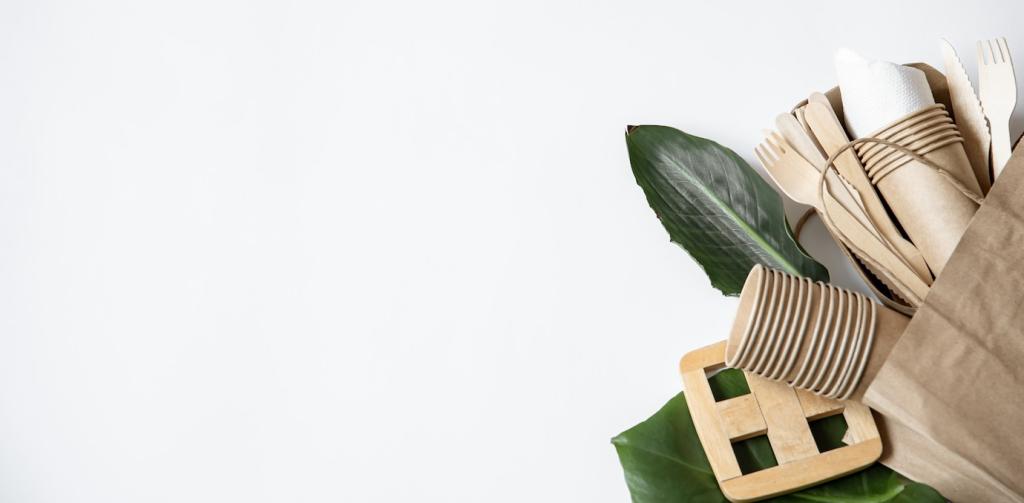Restore, Reuse, Reimagine: DIY Eco-Friendly Furniture Restoration
Chosen theme: DIY Eco-Friendly Furniture Restoration. Give tired pieces a second life with low-waste methods, safer materials, and soulful design. Explore practical steps, inspiring ideas, and real-world tips—and join our community by commenting, subscribing, and sharing your projects.
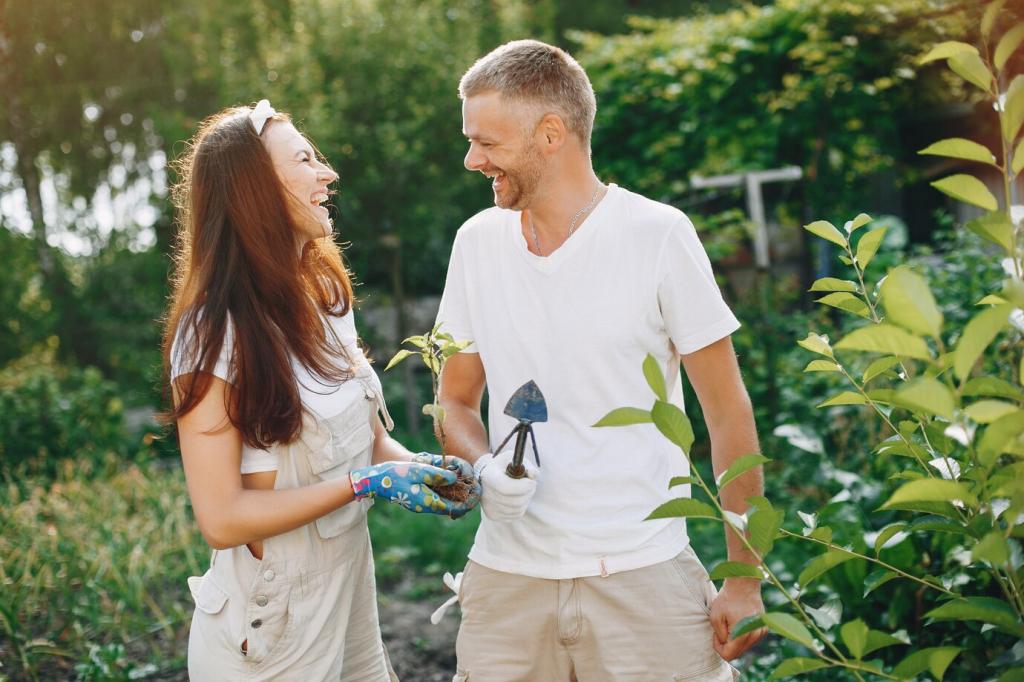
Why Eco-Friendly Restoration Matters
Less Waste, More Story
Millions of tons of furniture are discarded each year, much of it still restorable. Saving a curbside chair or thrifted dresser not only reduces waste, it preserves character and memories. Tell us the story behind your favorite rescued piece.
Cleaner Air at Home
Using low-VOC finishes and gentle, plant-based products supports healthier indoor air. Families, pets, and sensitive noses appreciate fewer fumes and headaches. Have you tried citrus-based or waterborne options yet? Share what worked best and why.
A Quick Anecdote from the Workshop
Last fall, I revived a maple dresser with soy gel to strip, warm water to rinse, then pure tung oil and beeswax. A neighbor recognized it from her grandmother’s house and cried happy tears. What first restoration made you proud?
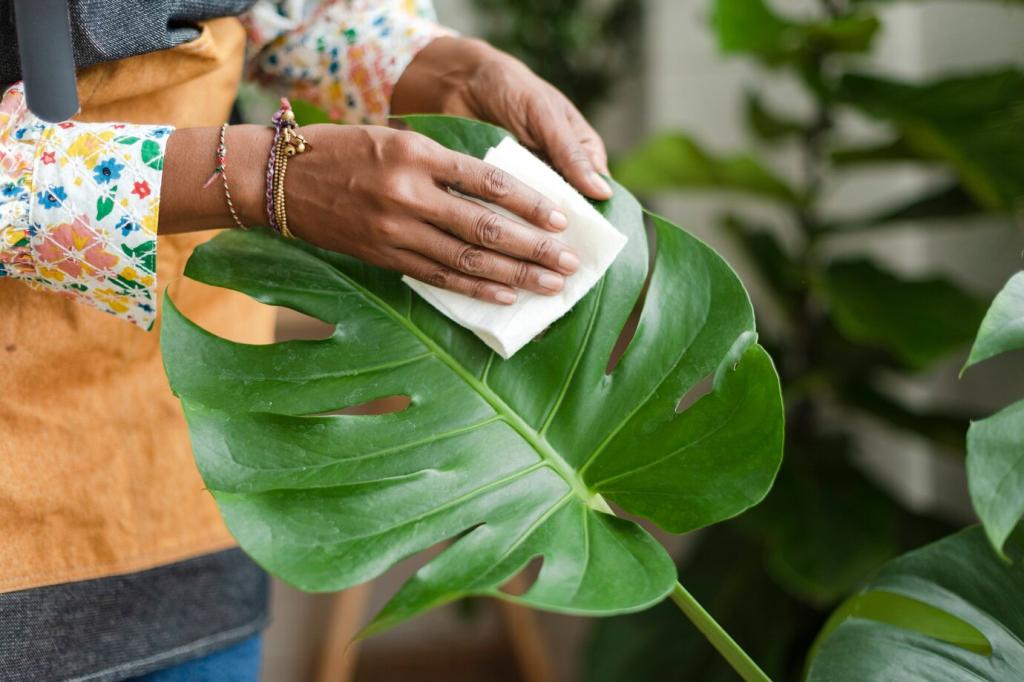
Finishes with a Conscience
Milk paint, plant-based oils like tung or linseed, and waterborne urethanes offer beautiful results with fewer emissions. Always patch-test for adhesion and color. Thin coats, patient curing, and proper ventilation yield a durable, low-tox finish.
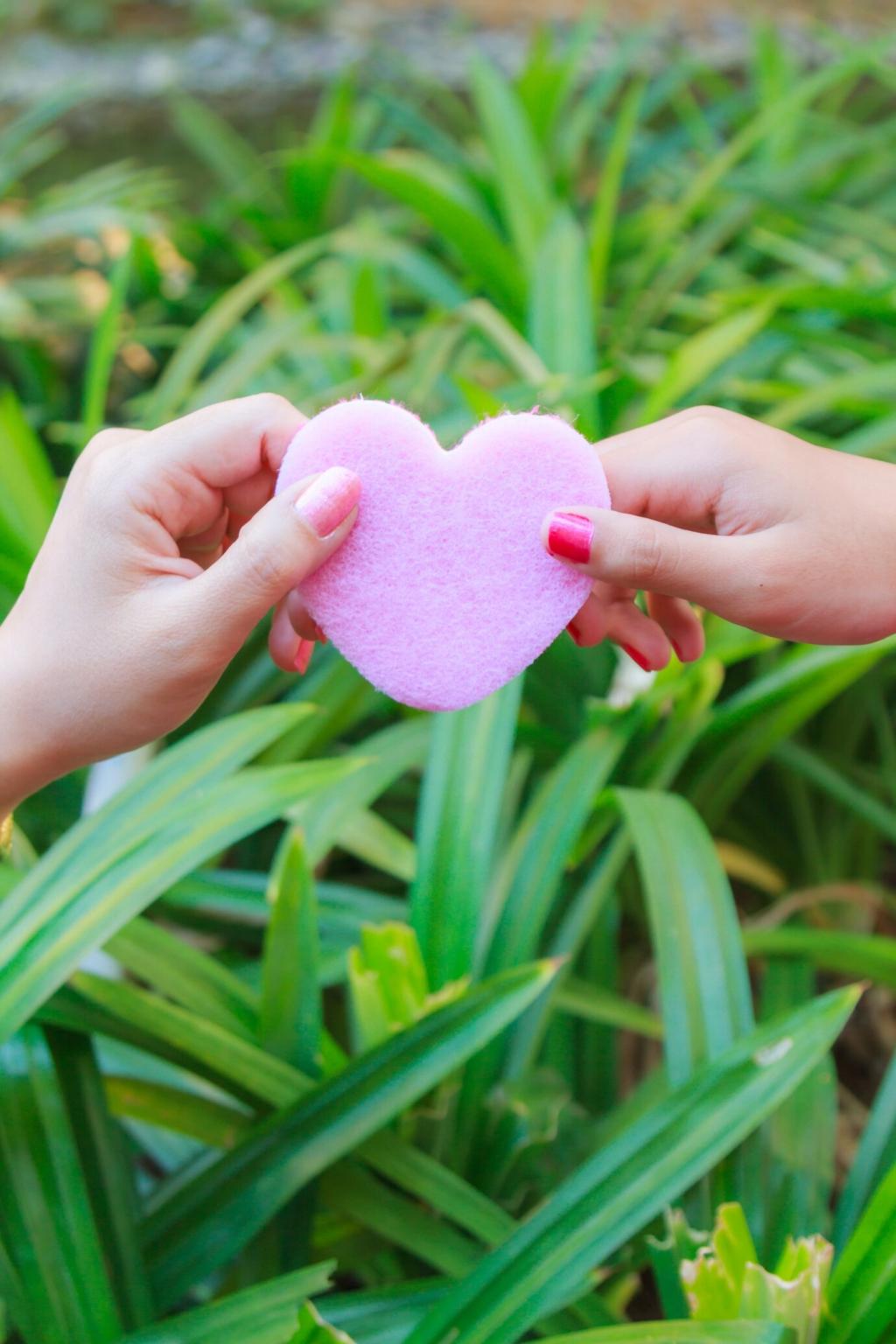
Gentle Strippers and Solvents
Citrus d-limonene blends and soy-based gels lift old finishes with less sting than traditional strippers. Avoid methylene chloride. Wear gloves, eye protection, and a respirator when needed. Work outdoors or with strong airflow for safety and comfort.
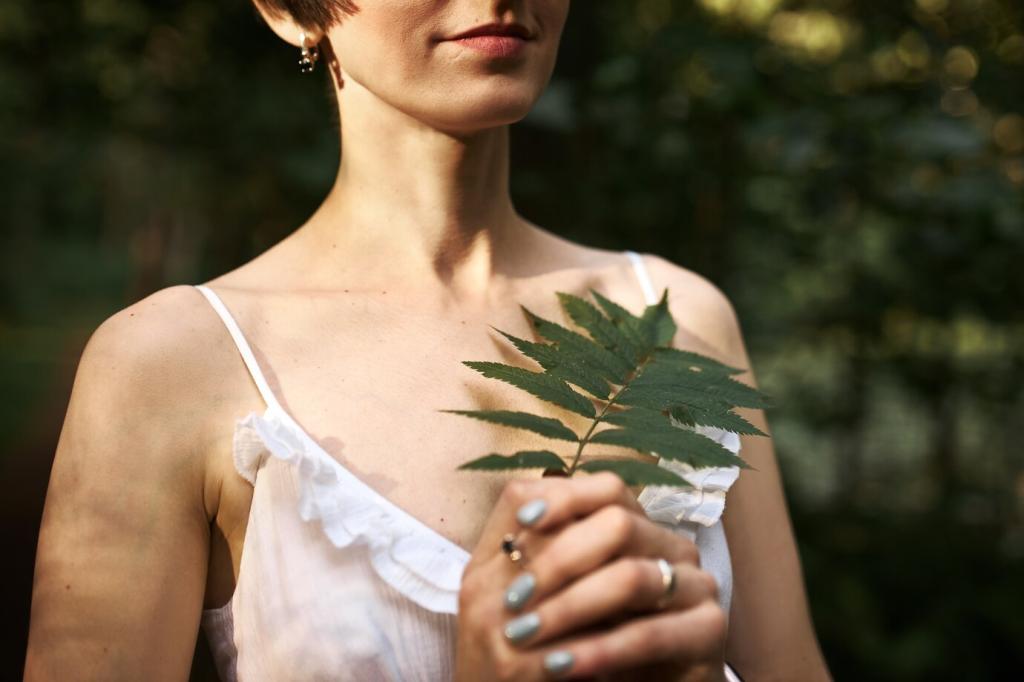
Sustainable Abrasives and Tools
Choose reusable sanding sponges, quality papers that last longer, and hand planes for precise, low-dust work. Use dust extraction or a HEPA vacuum. Repair tools before replacing, and consider buying used clamps and sanders to reduce demand.
Step-by-Step: An Eco Restoration Workflow
Assess and Plan
Inspect joinery, veneer, odors, and prior finishes. Decide whether a deep refinish or a gentle refresh is best. Photograph details, list supplies, and schedule curing time. A well-planned approach prevents wasteful mistakes and preserves original character.
Strip, Clean, and Sand Smarter
Lay on soy gel, scrape with a plastic card to avoid gouges, then neutralize per product instructions. Wet-sand with fine grits when appropriate to reduce dust. Capture debris, vacuum with HEPA, and dispose responsibly before moving to finish.
Finish for Beauty and Durability
Apply thin coats of tung or linseed oil, allowing full penetration and wipe-offs to avoid tackiness. After curing, burnish with beeswax for a soft glow. Patience produces a tougher, more beautiful result with fewer coats and less waste.
Style Inspiration with Sustainable Choices
Try a gentle whitewash with diluted milk paint, then seal with hemp oil for a breathable sheen. Swap heavy hardware for simple wooden knobs. Add cane or linen panels to introduce texture without overwhelming the calm Scandinavian palette.
Style Inspiration with Sustainable Choices
Emphasize grain with a soap finish or a subtle iron-vinegar ebonizing trick on pine. Keep patina where it tells a story. Replace mismatched pulls with reclaimed iron, and line drawers with cotton ticking for a cozy, heritage feel.
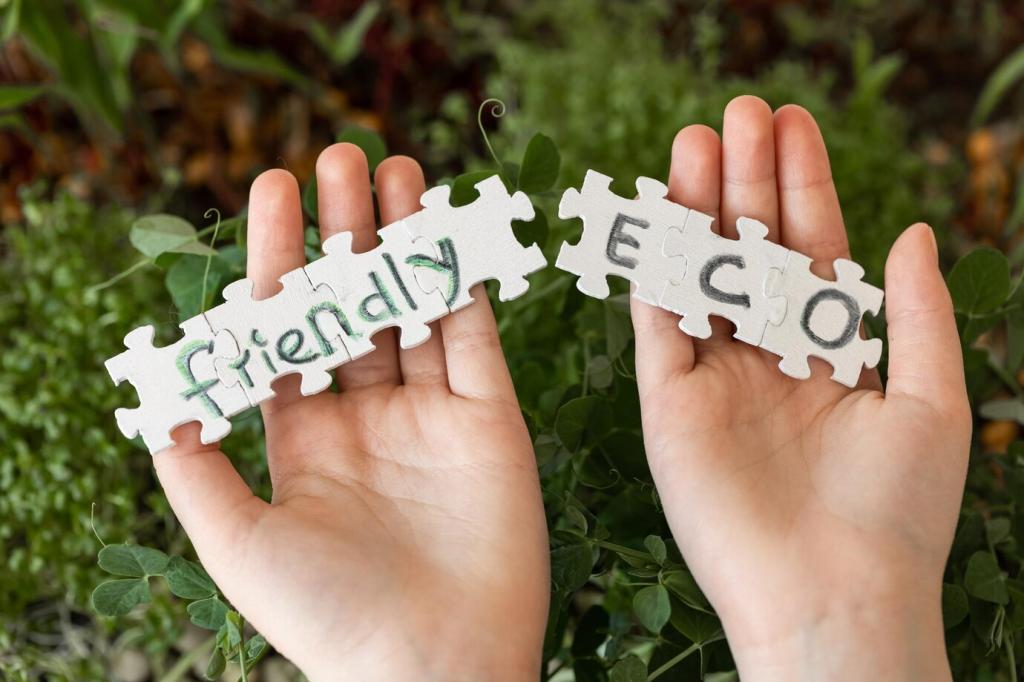
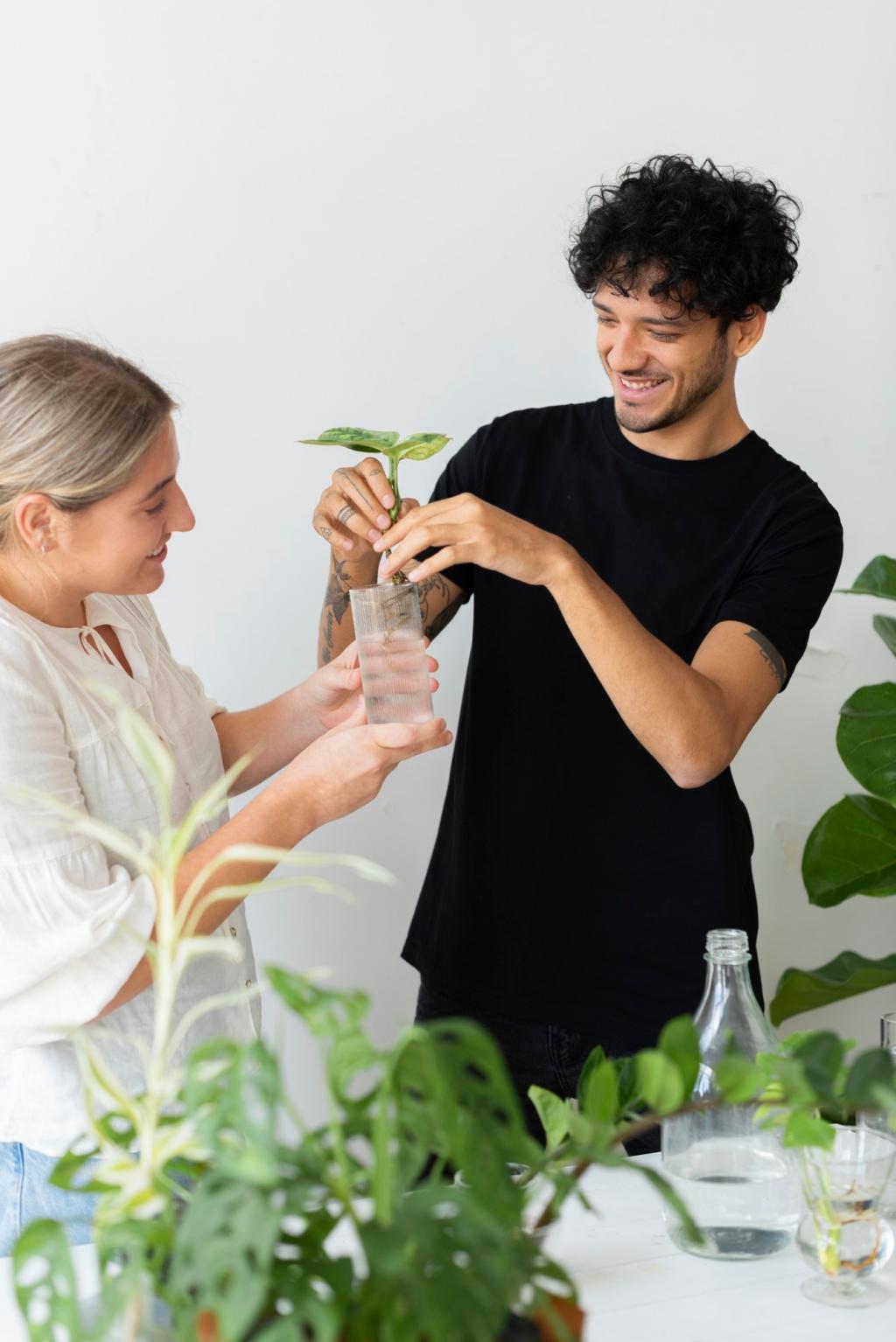

Repairs, Safety, and Care that Stay Green
Tighten joints with wood glue and clamps, shim mortises with veneer, and make filler from wood flour and glue for color-matching. Use shellac sticks sparingly. Reserve epoxy for structural needs, opting for bio-based formulations when possible.
Repairs, Safety, and Care that Stay Green
Older coatings can contain lead. Use test kits, avoid dry sanding, and prefer wet methods or encapsulation. Wear a P100 respirator, gloves, and eye protection. If contamination is extensive, pause and seek guidance to keep everyone safe.
